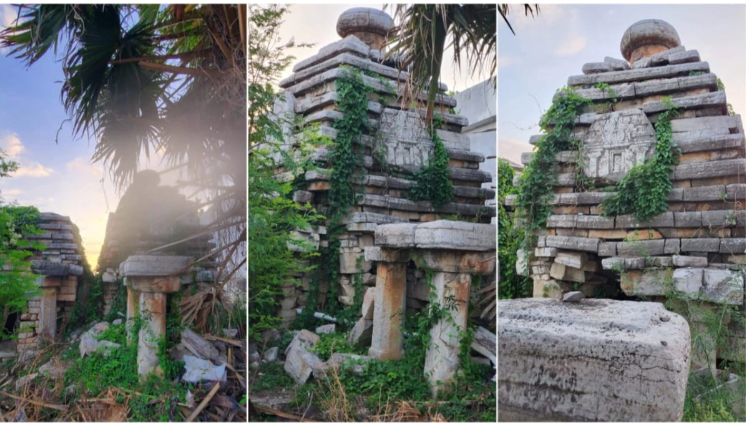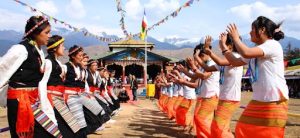
In a remarkable archaeological discovery, two ancient temples dating back 1300 years have been unearthed in Mudimanikyam village, located along the banks of the Krishna River in Nalgonda district, Telangana. Led by Dr. M A Srinivasan and S Ashok Kumar from the Public Research Institute of History, Archaeology, and Heritage (PRIHAH), the excavation revealed two Badami Chalukya temples and a 1200-year-old label inscription.
The inscription, believed to date from the 8th or 9th Century AD during the Badami Chalukya era, features the term ‘Gandaloranru,’ engraved on a pillar among a cluster of five temples. While its exact meaning is unclear, experts suggest that the term may denote a heroic title, with “Ganda” in Kannada possibly signifying ‘hero.’
Dr. Srinivasan highlighted the historical importance of the Krishna River valley, with these temples representing an architectural rarity in Telangana. The temples exhibit the Kadamba nagara style in the Rekha nagara format, a unique feature of Badami Chalukyan architecture. He noted that with minimal conservation efforts, these structures could serve as lasting monuments of the period.
Part of a group known as Panchakuta, these temples currently remain neglected, with one missing its Shiva Linga and another housing a reclining Vishnu idol. Additionally, an inscription from 1673 AD found in the Rama temple offers insights into donations made by various communities to support the temple, further enriching the historical narrative of the region.
These findings not only illuminate Telangana’s rich cultural heritage but also underscore the need for preservation efforts to protect these invaluable relics of history.







